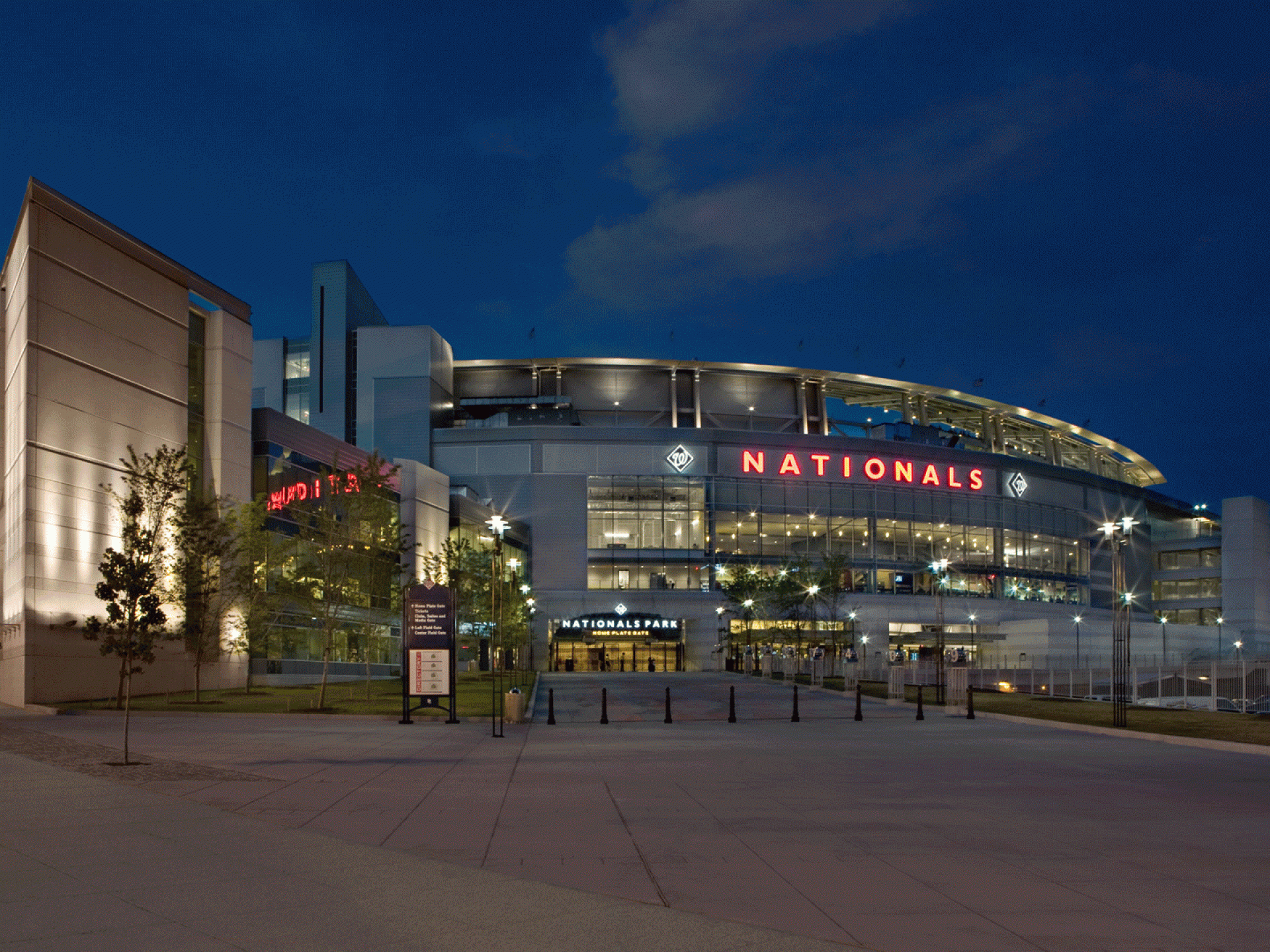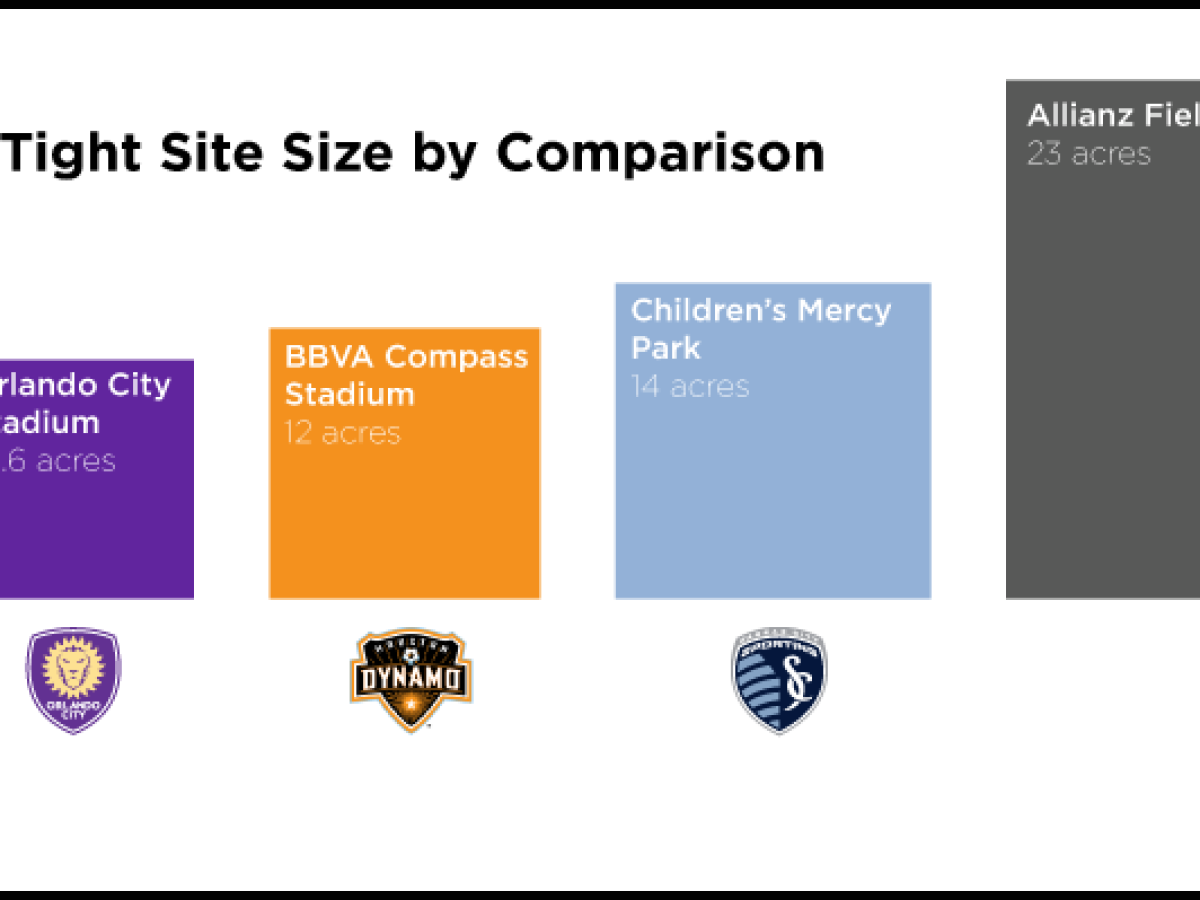August 16, 2018
How Nationals Park and its new neighbor are re-energizing D.C.’s southern peninsula

Major League Baseball’s All-Star Game returns to Washington, D.C. this year, the first time since 1969.
Fans of America’s pastime will roll into Navy Yard, the District’s southern neighborhood the Nats call home, and see a bustling mix of apartments, restaurants and retail. At any given time, five or more construction cranes dot the sky and tease the additional new development on the way.
Ticket holders and tourists will have everything they need to have a good time – our team of event specialists has helped the MLB cover all the bases for the annual midsummer classic since 1999 – but one thing they’ll lack is historical context. Navy Yard was once an industrial zone void of pedestrian life. It’s no coincidence Nationals Park now resides there.
“The site was selected by the mayor’s office to add value and create value in that neighborhood,” my Populous colleague Joe Spear told Sports Illustrated in 2014. “They knew (the park) would attract development.”
Attract development it did. According to reporting by The Washington Times, new apartment construction in Navy Yard was among the highest of any neighborhood in the country from 2012 to 2016. Inflation-adjusted real estate values shot up 41 percent in the five years that followed the ballpark’s opening. The Washington Post, meanwhile, reported average income in the area has shot up from $34,379 to $78,265.
From a residential perspective, a research paper out of Howard University shows the average income for the area containing Nationals Park grew 51.3 percent between 2007 and 2015. That’s compared to an average of 13.7 percent growth for the entire city during the same time frame.
This momentum has only grown in the last five years and is now spilling over into Navy Yard’s western neighbor, Buzzard Point. That’s where D.C. United’s new soccer-specific stadium Audi Field just opened.
Sitting on one of the tightest sites among major North American professional sports, Audi Field is a prime example of urban designand looks to follow in the footsteps of Nationals Park.
In many ways, Buzzard Point and Navy Yard were cut from the same industrial cloth. The neighboring areas both share coastline along the western-most portion of the Anacostia River, coastline that many didn’t appreciate until recently. To date, 12 of the ultimate 20 miles of the Anacostia Riverwalk Trail are open and heavily used, with new extensions planned for the riverfront directly south of Audi Field.
In between Audi Field and Nationals Park lies Half Street. Developers plan to transform it into a linear park, creating the vertical spine of the neighborhood and drawing in fans of both franchises with its green space.Now two major league venues separated by two diagonal blocks along Potomac Avenue will share more than a zip code. The District’s subway Green Line services both stadiums, as will the aforementioned Riverwalk.
The synergy of having both stadiums within a stone’s throw of each other is reminiscent of other great American cities. Pittsburgh’s Heinz Field and PNC Park, for example, reside less than a half mile from one another.
Though differing from the District in that both were funded jointly and opened within months of each other, the stadium and ballpark have also injected new life into the city’s riverfront.
A study reported on by the Pittsburgh Post-Gazette showed:
… $130 million invested in Three Rivers Park over that time (2000-2015) helped to spur nearly $2.6 billion in riverfront development activity and nearly $4.1 billion when adjacent development was taken into account.
Included in the totals were major projects like Heinz Field, PNC Park, the David L. Lawrence Convention Center and the casino.
All of it goes to show stadium pairings can be greater than the sum of their parts. In the District’s case, Nationals Park and now Audi Field are contributing to the rebirth of a once bleak portion of the city’s southern peninsula.
Both the Nationals and D.C. United share red as their primary color. Now, thanks to their proximity, they share a common purpose, too.
♦♦♦
Lorem ipsum dolor sit amet consectetur, adipisicing elit. Non facere corporis et expedita sit nam amet aut necessitatibus at dolore enim quis impedit eius libero, harum tempore laboriosam dolor cumque.
Lorem, ipsum dolor sit amet consectetur adipisicing elit. Illo temporibus vero veritatis eveniet, placeat dolorem sunt at provident tenetur omnis, dicta exercitationem. Expedita quod aspernatur molestias eum? Totam, incidunt quos.

